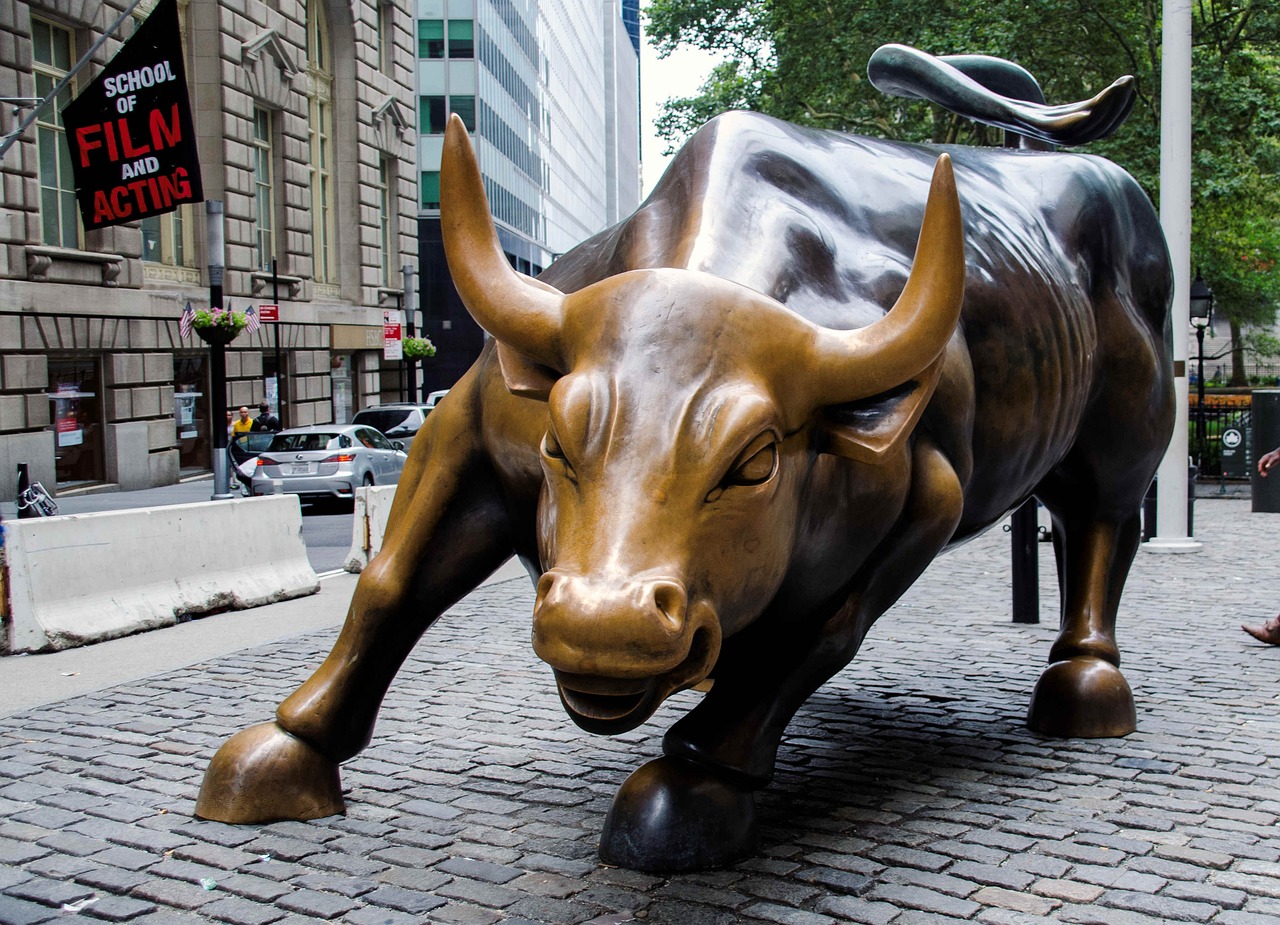Great Depression of 1929: causes and characteristics of the economic crisis
The Great Depression of 1929: history, causes and consequences of the 1929 crisis in the United States: from the Wall Street crash to the New Deal
The Global Impact of the 1929 Economic Crisis
By the late 1920s, the world appeared to be moving past the traumas of World War I. Diplomatic relations between major powers were improving, and even the so-called “German problem” seemed to be on a path toward resolution, particularly after the signing of the Locarno Pact in 1925.
However, this period of apparent political and social stability was shattered in 1929 by an unforeseen and devastating economic crisis. What began in the United States quickly spread across the globe, marking the onset of the Great Depression, a catastrophe that would shape the course of the 20th century.
The Great Depression not only crippled economies worldwide but also deeply affected the political and cultural landscapes of the time. It destabilized long-established structures, accelerated ongoing social and economic transformations, and set the stage for events that would soon lead to a new world war.
As historian Eric Hobsbawm observed in The Short Century, the world economy since the Industrial Revolution had been characterized by rapid growth and development, punctuated by periodic downturns. Yet, the 1929 crisis was unique—it was the first time in capitalist history that a negative economic fluctuation brought the entire global system to its knees.
The consequences were profound: without the collapse of 1929, the rise of Hitler and the New Deal under Roosevelt might never have occurred. Furthermore, the Soviet Union may not have been seen as a viable economic alternative to capitalism. Understanding the vast impact of the 1929 economic crisis is crucial to comprehending the trajectory of 20th-century history.
The Jazz Age and the Rise of Consumer Society in the 1920s
In the early 1920s, following the end of World War I, the American dollar emerged as the dominant currency in the global economy, ushering in a period of great prosperity in the United States. This era, known as the Jazz Age (1918–1929), was vividly captured in the works of American novelist F. Scott Fitzgerald, who portrayed the exuberant, wealthy, and carefree lifestyle of post-war America. His novels, such as This Side of Paradise, The Beautiful and Damned, and The Great Gatsby, reflected the optimism and triumph of a nation where the American Dream seemed to have been realized.
During this time, the United States also became the epicenter of the mass production revolution, which spread globally and greatly increased productivity and national income. The industrial boom brought significant changes to daily life, particularly with the rise of consumer goods. By the mid-1920s, Ford cars filled the streets of cities like New York and Chicago, with one car for every five people (compared to just one for every eighty-three people in Europe). Household appliances such as radios, refrigerators, and vacuum cleaners became common in American homes, made accessible through installment payment plans. Thus, the consumer society was born, reshaping modern life and setting the stage for the economic and cultural shifts of the decade.
The Political and Social Landscape of 1920s America
Politically, the 1920s were marked by the hegemony of the Republican Party, represented by Presidents Warren G. Harding (1921-1923) and Calvin Coolidge (1923-1929). Both leaders championed an economic policy that prioritized the accumulation of private wealth, often at the expense of social programs aimed at helping the poorer classes. While workers in certain industries enjoyed improvements in pay and welfare, the majority of laborers, along with African Americans and immigrants, continued to endure poor living and working conditions.
This period also saw a surge in ideological conservatism, which targeted national and racial minorities. Restrictive immigration laws were enacted to preserve the perceived purity of the Yankee population (descendants of early settlers from before 1776) and to prevent the spread of subversive European ideologies, particularly Bolshevism. The height of this conservative reaction was the controversial trial of two Italian anarchists, Nicola Sacco and Bartolomeo Vanzetti, who were convicted of murder and executed in 1927, despite substantial evidence suggesting their innocence.
Racial discrimination was rampant, with the Ku Klux Klan at the forefront of violent racism against African Americans. Simultaneously, the streets of major American cities were plagued by violent gang activity, with notorious figures like Al Capone, Meyer Lansky, and John Dillinger engaging in frequent turf wars. This era also saw the rise of Prohibition, a ban on alcohol that led to the proliferation of underground bars, known as speakeasies, where the wealthy could indulge in illicit alcohol, fueling organized crime even further.
The Fragile Foundations of 1920s Prosperity and the Great Crash
Despite the complex and contradictory social realities of the 1920s, the American bourgeoisie maintained its optimism, confident in the continued growth of wealth. However, this unbridled speculative euphoria, particularly in Wall Street, was built on a fragile foundation. The impending crisis would soon become the largest economic catastrophe in recorded history.
The booming demand for consumer goods had led to overproduction, with industries churning out more than the domestic market could absorb. By the mid-1920s, prices began to fall, followed by a decline in industrial output. Compounding the problem, the U.S. economy, the world’s largest, was largely self-sufficient, exporting numerous products but importing few raw materials. By erecting trade barriers to protect its economy, the U.S. inadvertently dismantled the global trade system that had supported its prosperity, isolating itself from but not preventing global economic crises, especially in Europe.
By September 1929, stocks on Wall Street had reached record highs, even amid rising concerns. On October 22, the president of National City Bank confidently stated, “I don’t see anything fundamentally negative about the stock market.” The following day, prices began to plummet, culminating in “Black Thursday” on October 24, when a panic-driven rush to sell caused a massive decline in stock values. The crash reached its devastating peak on October 29, remembered as “Black Tuesday”, when the stock market collapsed completely.
The aftermath was catastrophic. Suicides of speculators and stockbrokers made headlines, but the collapse affected far more than just the wealthy. The crisis quickly spread, with disastrous consequences for the working class and the entire global economic system, which had become deeply reliant on the U.S. economy. Mass unemployment became the most visible symptom, with 14 million people jobless in the U.S. and 15 million in Europe, compounded by the collapse of banking systems in England, Austria, and Germany.
Governments, largely unprepared for a catastrophe of this scale, were unable to offer solutions, exposing the limitations of liberal economic policy. It would take four long years and the election of Franklin D. Roosevelt to begin the recovery, most notably through his New Deal, which aimed to revitalize industry and create jobs. However, by that time, political crises were already brewing, and within six years, the world would be plunged into the chaos of World War II.





